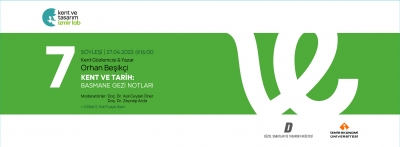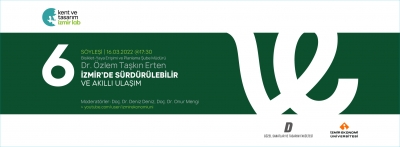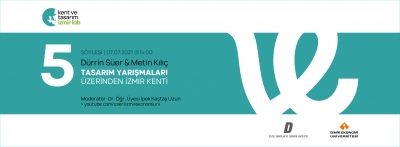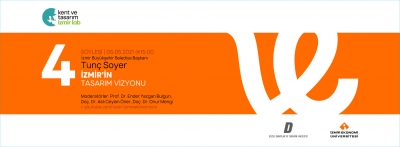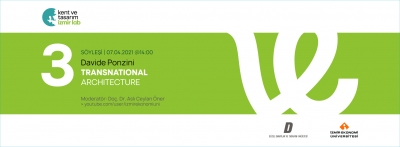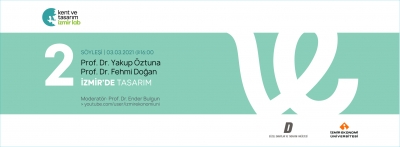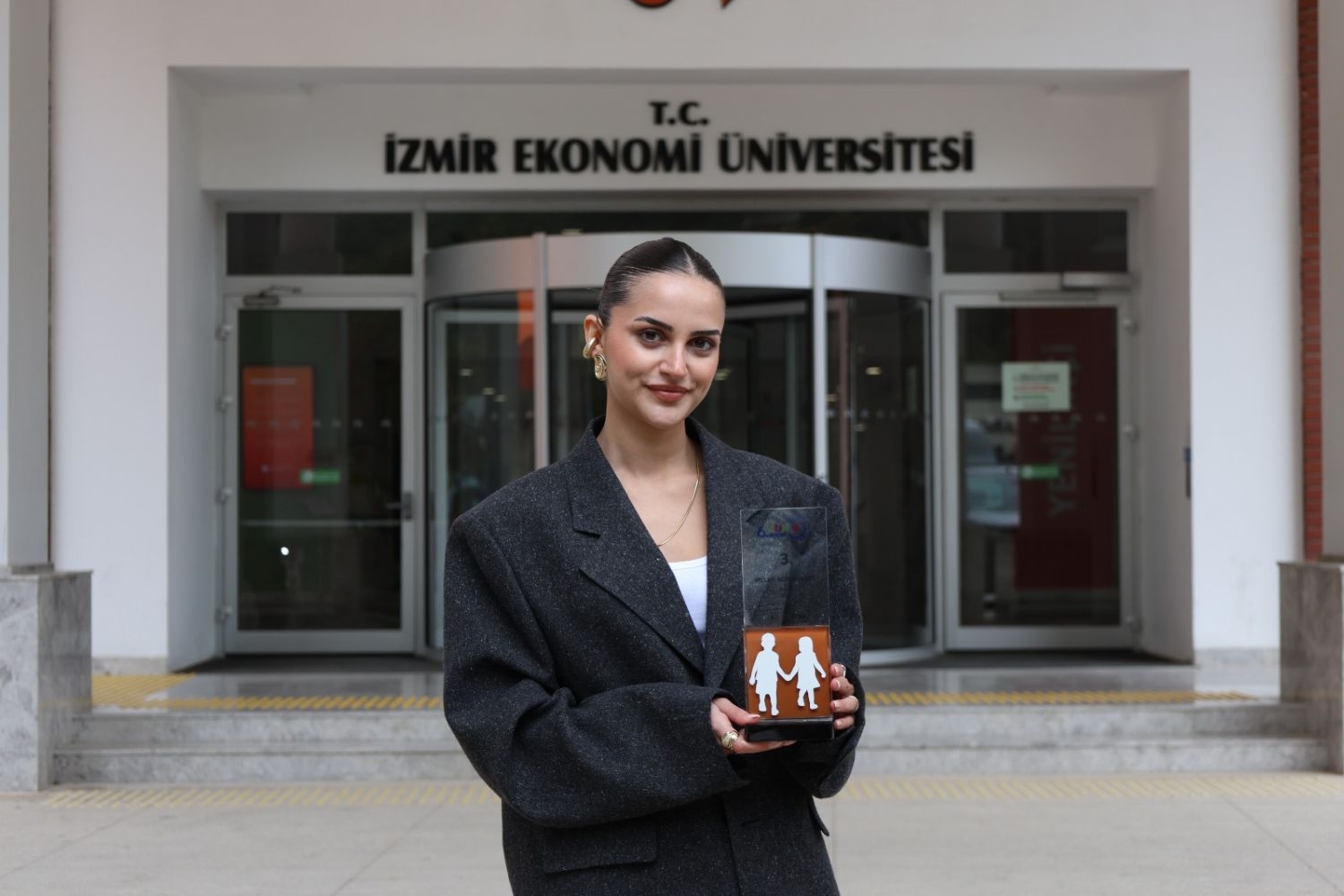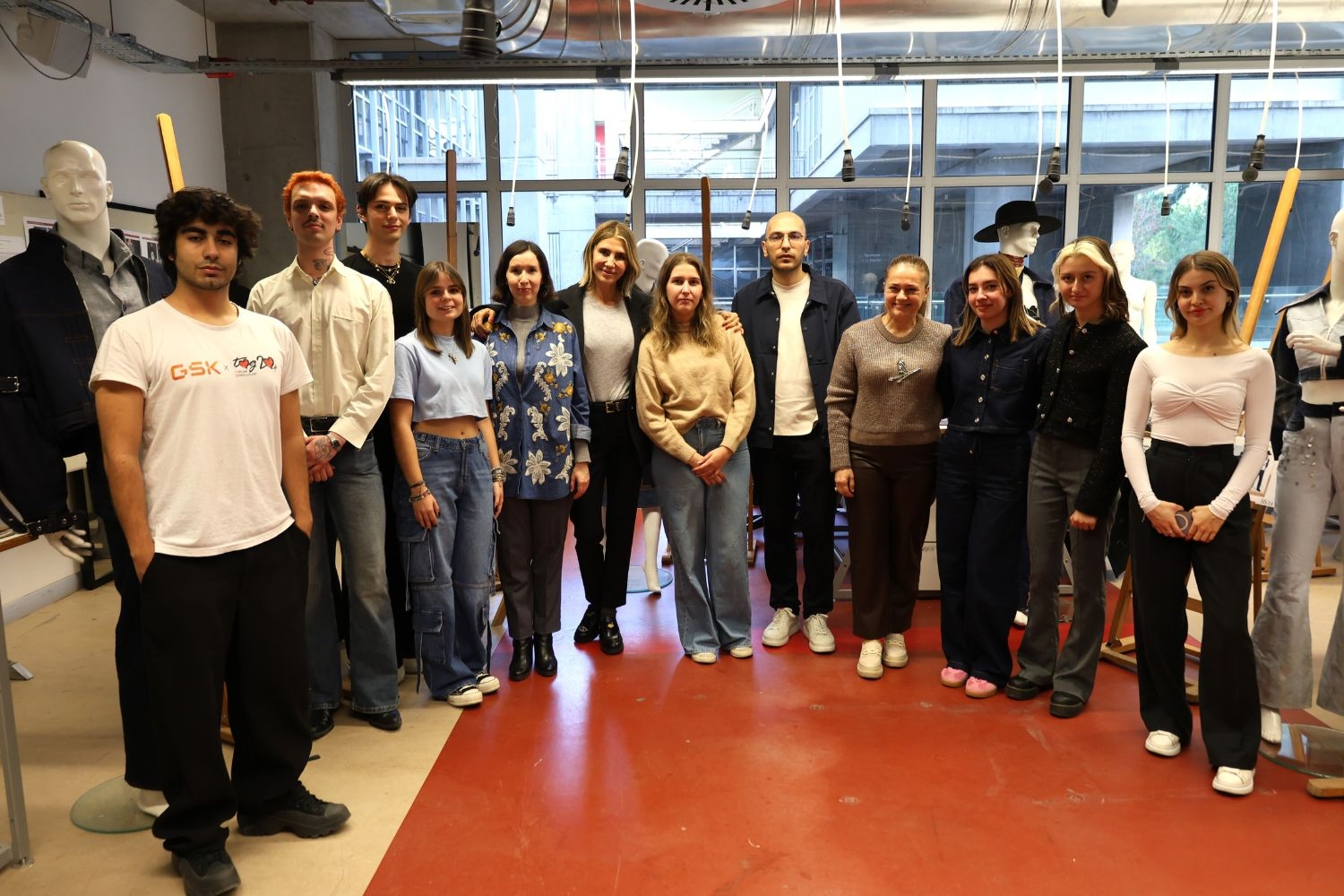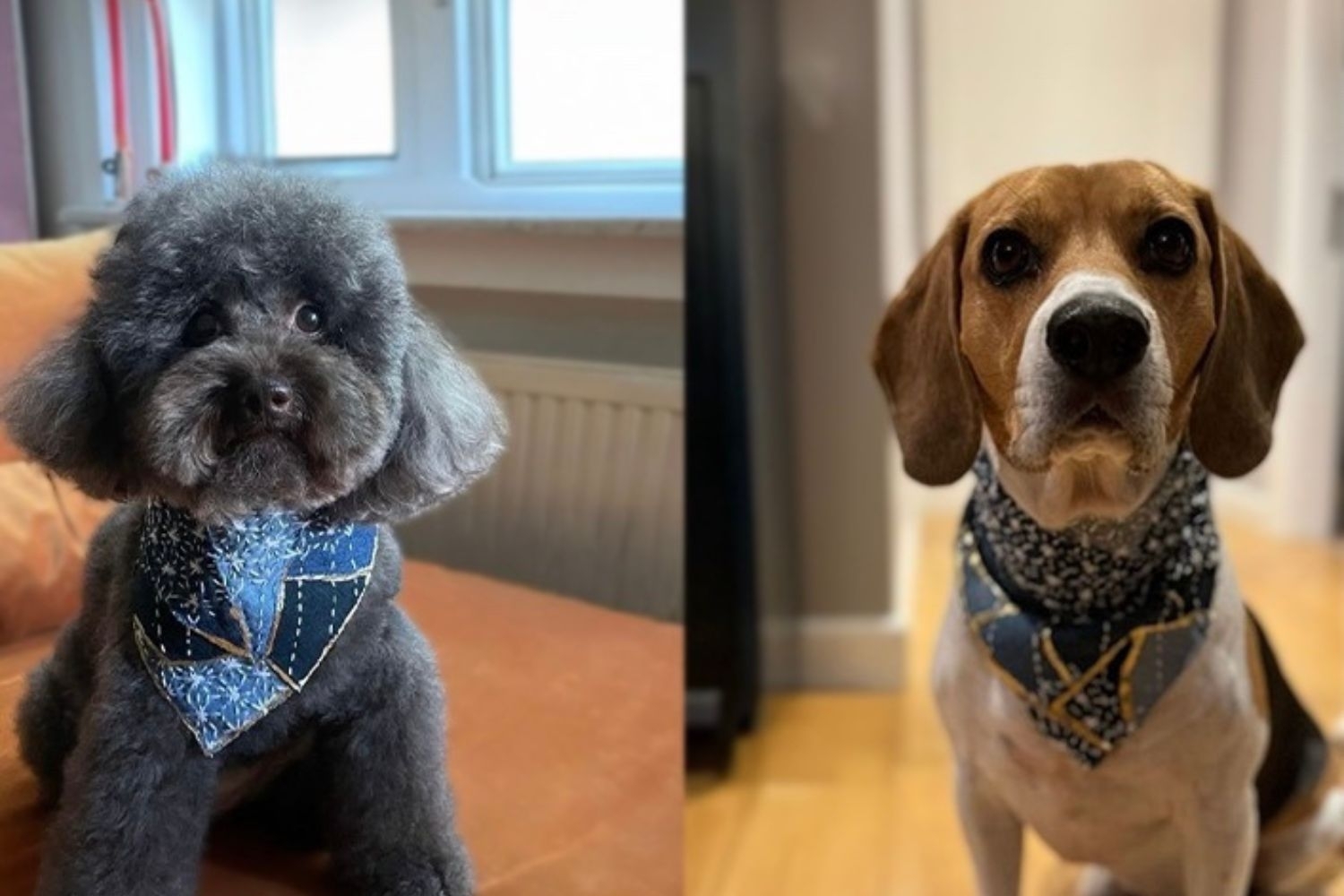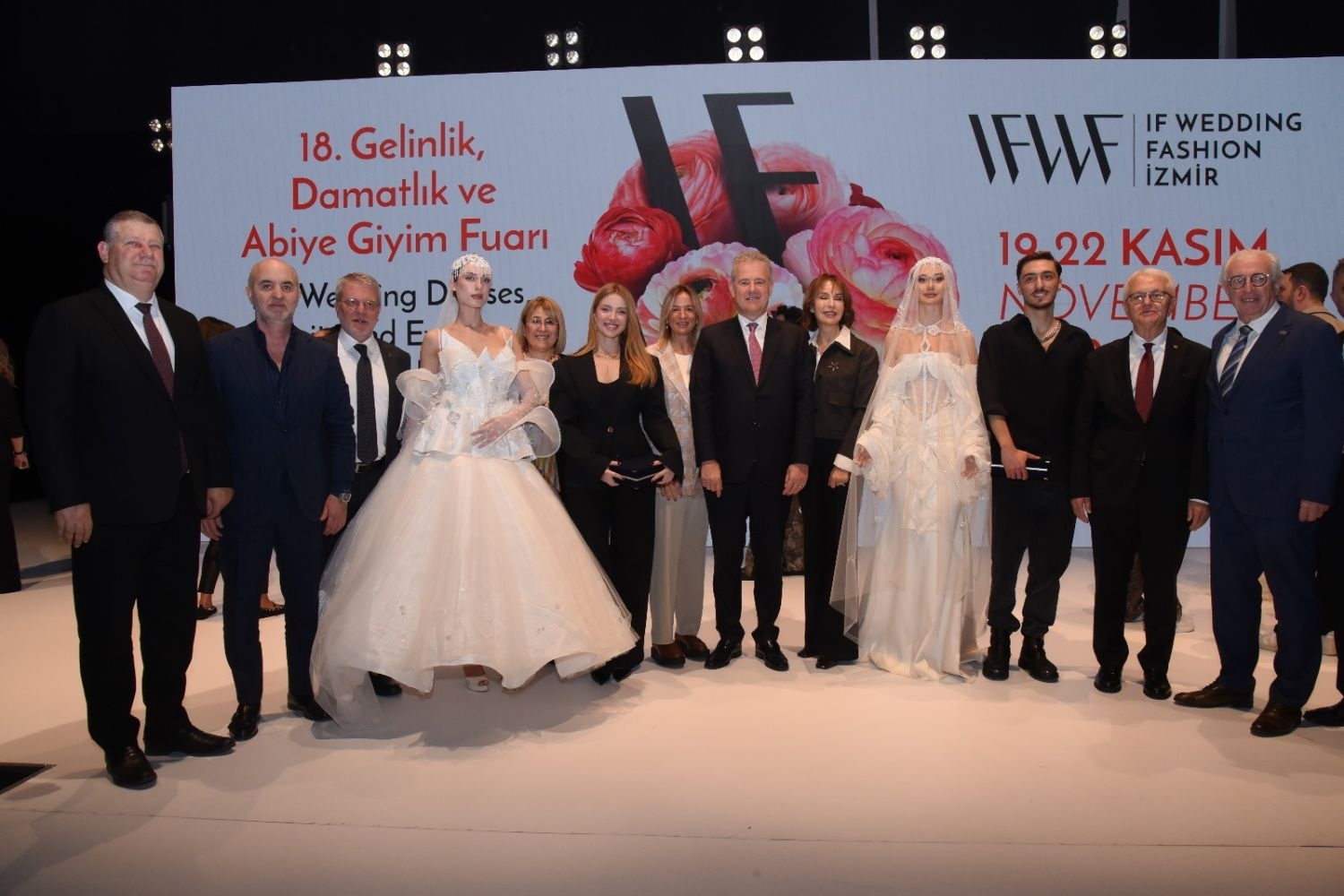FACULTY OF FINE ARTS AND DESIGN
Department of Textile and Fashion DesignFB 301 | Course Introduction and Application Information
| Course Name |
Production Processes in Fashion Industry
|
|
Code
|
Semester
|
Theory
(hour/week) |
Application/Lab
(hour/week) |
Local Credits
|
ECTS
|
|
FB 301
|
Fall
|
2
|
2
|
3
|
6
|
| Prerequisites |
None
|
|||||
| Course Language |
English
|
|||||
| Course Type |
Required
|
|||||
| Course Level |
First Cycle
|
|||||
| Mode of Delivery | face to face | |||||
| Teaching Methods and Techniques of the Course | Case StudyQ&AField trip / ObservationLecture / Presentation | |||||
| National Occupation Classification | - | |||||
| Course Coordinator | ||||||
| Course Lecturer(s) | ||||||
| Assistant(s) | - | |||||
| Course Objectives | The objective of this course is to develop knowledge about terminology, production techniques, and processes in the fashion industry, and current trends on the production/ manufacturing side. |
| Learning Outcomes |
The students who succeeded in this course;
|
| Course Description | This course encompasses the production process in the fashion industry from creating a collection or customer order to packaging and shipping. The course provides students with the know-how of the structure and the other related sectors in the fashion/ apparel industry and production concepts. Also, this course introduces the current approaches in the fashion industry and apparel production in line with technological innovations and the ethical production frame. |
| Related Sustainable Development Goals |
|
|
Core Courses | |
| Major Area Courses |
X
|
|
| Supportive Courses | ||
| Media and Management Skills Courses | ||
| Transferable Skill Courses |
WEEKLY SUBJECTS AND RELATED PREPARATION STUDIES
| Week | Subjects | Related Preparation |
| 1 | Introduction to course & terminology of apparel industry | *Glock, Ruth E. & Kunz Grace I. (2005). Apparel Manufacturing: Sewn Products Analysis, 4th Ed. Prentice Hall. |
| 2 | Apparel Industry - types of products and organization | *Glock, Ruth E. & Kunz Grace I. (2005). Apparel Manufacturing: Sewn Products Analysis, 4th Ed. Prentice Hall. |
| 3 | Organization of apparel factory | *Glock, Ruth E. & Kunz Grace I. (2005). Apparel Manufacturing: Sewn Products Analysis, 4th Ed. Prentice Hall. |
| 4 | Field Trip 1 | |
| 5 | Materials and sub-materials used in apparel production / Field Trip 1 Report Submission | *Leslie Davis Burns, Kathy K. Mullet (2020), The Business of Fashion Designing, Manufacturing, and Marketing, ISBN:9781501349126 |
| 6 | Pre-production process - cutting planning, marker preparation, spreading, cutting | *Glock, Ruth E. & Kunz Grace I. (2005). Apparel Manufacturing: Sewn Products Analysis, 4th Ed. Prentice Hall. Pg… *Jelka Geršak (2022), Design of Clothing Manufacturing Processes: A Systematic Approach to Developing, Planning, and Control, Elsevier Science, ISBN:9780081027721 |
| 7 | Field Trip 2 | |
| 8 | Production Assembly/ Sewing, Pressing, Garment Finishing / Field Trip 2 Report Submission | *Glock, Ruth E. & Kunz Grace I. (2005). Apparel Manufacturing: Sewn Products Analysis, 4th Ed. Prentice Hall. Pg… *Jelka Geršak (2022), Design of Clothing Manufacturing Processes: A Systematic Approach to Developing, Planning, and Control, Elsevier Science, ISBN:9780081027721 |
| 9 | MIDTERM WEEK | |
| 10 | Field Trip 3 | |
| 11 | Apparel Analysis and Cost Calculation / Field Trip 3 Report Submission | * Ailie K. Y. Tang, Amy C. Y. Yip, Chun-Hung Chiu, Pui-Sze Chow (2017), Contemporary Case Studies on Fashion Production, Marketing and Operations |
| 12 | Current and Future Trends, Sustainability Concerns / Final Project Brief | *Ailie K. Y. Tang, Amy C. Y. Yip, Chun-Hung Chiu, Pui-Sze Chow (2017), Contemporary Case Studies on Fashion Production, Marketing and Operations |
| 13 | Student projects - Discussions | |
| 14 | Student projects - Discussions | |
| 15 | Review of semester / Student Presentations | |
| 16 | Review of semester |
| Course Notes/Textbooks | |
| Suggested Readings/Materials |
WEB: https://www.businessoffashion.com/ (you can create an account as “student” and reach the articles, news and podcasts free) |
EVALUATION SYSTEM
| Semester Activities | Number | Weigthing |
| Participation |
1
|
10
|
| Laboratory / Application | ||
| Field Work | ||
| Quizzes / Studio Critiques | ||
| Portfolio | ||
| Homework / Assignments |
1
|
45
|
| Presentation / Jury |
1
|
15
|
| Project |
1
|
30
|
| Seminar / Workshop | ||
| Oral Exams | ||
| Midterm | ||
| Final Exam | ||
| Total |
| Weighting of Semester Activities on the Final Grade |
4
|
100
|
| Weighting of End-of-Semester Activities on the Final Grade | ||
| Total |
ECTS / WORKLOAD TABLE
| Semester Activities | Number | Duration (Hours) | Workload |
|---|---|---|---|
| Theoretical Course Hours (Including exam week: 16 x total hours) |
16
|
2
|
32
|
| Laboratory / Application Hours (Including exam week: '.16.' x total hours) |
16
|
2
|
32
|
| Study Hours Out of Class |
14
|
1
|
14
|
| Field Work |
0
|
||
| Quizzes / Studio Critiques |
0
|
||
| Portfolio |
0
|
||
| Homework / Assignments |
3
|
18
|
54
|
| Presentation / Jury |
1
|
20
|
20
|
| Project |
1
|
28
|
28
|
| Seminar / Workshop |
0
|
||
| Oral Exam |
0
|
||
| Midterms |
0
|
||
| Final Exam |
0
|
||
| Total |
180
|
COURSE LEARNING OUTCOMES AND PROGRAM QUALIFICATIONS RELATIONSHIP
|
#
|
Program Competencies/Outcomes |
* Contribution Level
|
|||||
|
1
|
2
|
3
|
4
|
5
|
|||
| 1 |
To be able to develop and design a collection independently. |
-
|
-
|
-
|
-
|
-
|
|
| 2 |
To be able to do maintain a design research individually or as a team. |
-
|
-
|
-
|
X
|
-
|
|
| 3 |
To be able to develop entrepreneurship- and managerial skills for a future professional practice. |
-
|
-
|
-
|
X
|
-
|
|
| 4 |
To be able to understand, interpret and apply theoretical knowledge in fashion and textile design. |
-
|
-
|
-
|
-
|
-
|
|
| 5 |
To be able to analyze and integrate the particular local and regional needs and of their profession. |
-
|
X
|
-
|
-
|
-
|
|
| 6 |
To be able to obtain a multidisciplinary point of view, follow and analyze the new issues, changes and trends in contemporary design and art in such a way that they can be integrated into design practice. |
-
|
-
|
-
|
-
|
-
|
|
| 7 |
To be able to apply industrial requirements, knowledge of material & usage and know-how knowledge in the creation of high quality fashion products. |
-
|
-
|
-
|
-
|
-
|
|
| 8 |
To be able to use digital information and communication technologies at a level that is adequate to the discipline of fashion and textile design. |
-
|
-
|
-
|
-
|
-
|
|
| 9 |
To be able to develop an ongoing analytical and professional approach to academic and design research. |
-
|
X
|
-
|
-
|
-
|
|
| 10 |
To be able to recognize the need and importance of a personal lifelong learning attitude towards their chosen area of interest. |
-
|
-
|
X
|
-
|
-
|
|
| 11 |
To be able to collect data in the areas of fashion and textile design and communicate with colleagues in a foreign language ("European Language Portfolio Global Scale", Level B1). |
-
|
-
|
-
|
-
|
-
|
|
| 12 |
To be able to speak a second foreign at a medium level of fluency efficiently. |
-
|
-
|
-
|
-
|
-
|
|
| 13 |
To be able to relate the knowledge accumulated throughout the human history to their field of expertise. |
-
|
-
|
-
|
-
|
-
|
|
*1 Lowest, 2 Low, 3 Average, 4 High, 5 Highest
NEWSALL NEWS

IZMIR UNIVERSITY OF ECONOMICS GÜZELBAHÇE CAMPUS
DetailsGLOBAL CAREER
As Izmir University of Economics transforms into a world-class university, it also raises successful young people with global competence.
More..CONTRIBUTION TO SCIENCE
Izmir University of Economics produces qualified knowledge and competent technologies.
More..VALUING PEOPLE
Izmir University of Economics sees producing social benefit as its reason for existence.
More..









